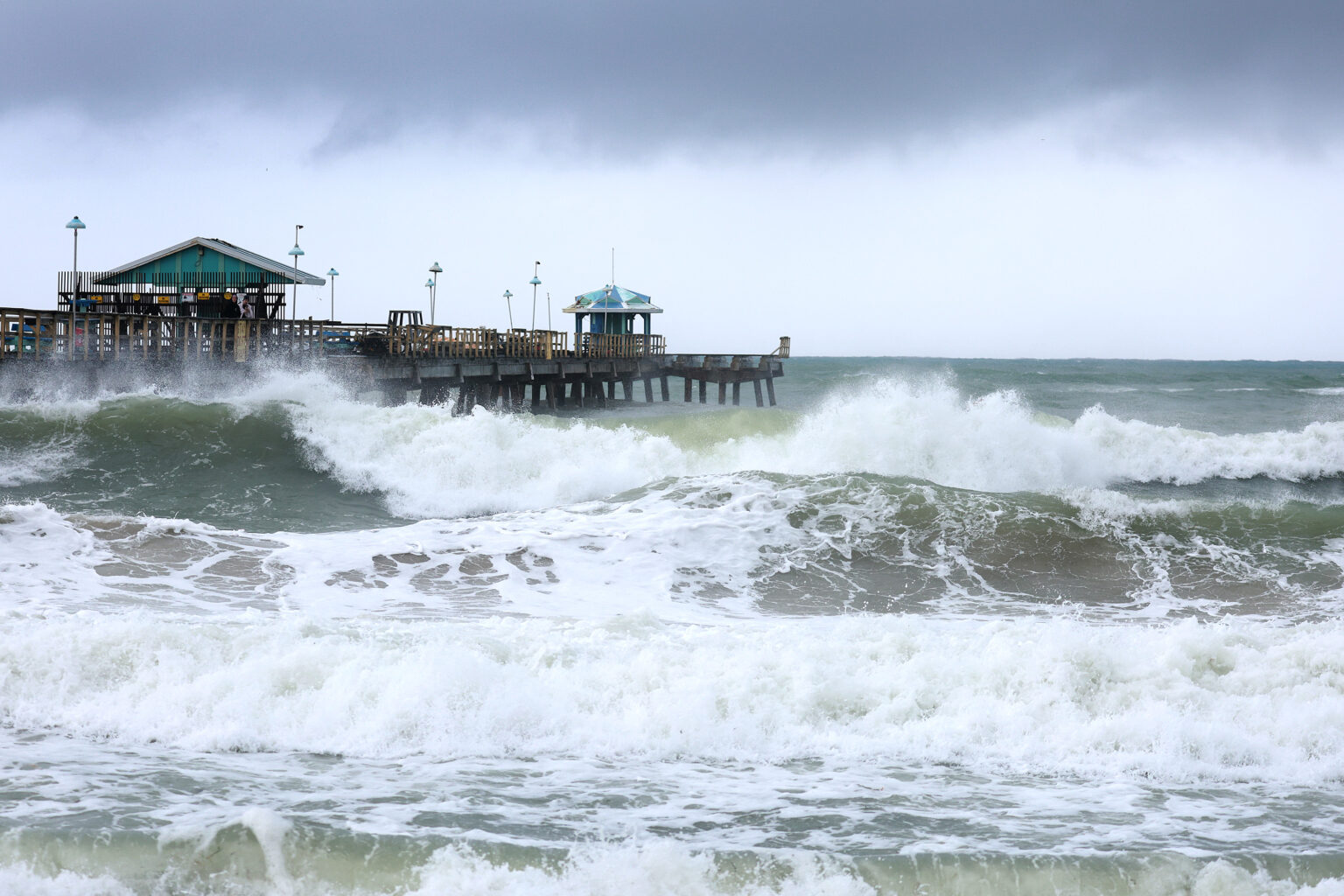Hurricane Kirk is expected to continue strengthening, the National Hurricane Center (NHC) said on Wednesday night after upgrading the storm to a Category 3.
As of Thursday morning, Kirk had maximum sustained wind speeds of 120 miles per hour. Kirk became a hurricane on Tuesday and further strengthened into a major hurricane only one day later. Kirk formed in the Atlantic on Monday and is the next major hurricane following Hurricane Helene, which made landfall last Thursday as a Category 4, with maximum sustained winds of around 140 miles per hour, near Perry in the state’s Big Bend region.
Helene brought fatalities across several Southern and Southeastern states, with storm surges, devastating winds, and torrential rain that threatened several dams and flooded Asheville, North Carolina. The storm killed more than 130 people, the Associated Press reported.
Kirk is expected to remain offshore, with the storm’s path curving northeastward by this weekend. NHC experts anticipate the storm will remain a major hurricane until early Monday morning when it will weaken to a hurricane out at sea.
Before it shifts its path, Kirk will continue northwestward.
“Kirk Forecast to Strengthen While Moving Northwestward Over The Central Atlantic,” the NHC posted on X, formerly Twitter. “Large Swells Could Reach the U.S. East Coast By Sunday.”
An NHC spokesperson told Newsweek that the ocean swells are Kirk’s most significant impact on the United States.
“Kirk is expected to grow in size and send out ocean swells across the central and western Atlantic. These swells will likely increase the risk of dangerous surf and rip currents along the Leeward Islands by Friday, Bermuda and the Greater Antilles by Saturday, and the U.S. East Coast and the Bahamas by Sunday,” the spokesperson said.
Rip currents can be caused by hurricanes or tropical storms that cause disturbances in the ocean, and they can impact a beach even if a tropical storm is hundreds of miles away, the National Oceanic and Atmospheric Administration warned. Rip currents from Kirk will create dangerous swimming conditions, even as the larger waves attract people to the beach.
“While the surf may look more inviting because of the waves, very dangerous rip current threats often increase when the swells from distant hurricanes begin to impact the coastline,” National Weather Service Warning Coordination Meteorologist Will Ulrich previously told Newsweek, adding it will be very dangerous for east-central Florida, as well as up the Eastern Seaboard.
And although Kirk isn’t expected to make direct landfall in the U.S., the rip currents could prove fatal.
“Rip currents have been the number one weather-related killer in east-central Florida and along the Eastern Seaboard,” Ulrich said. “Even distant hurricanes can become hazardous.”
Behind Kirk, Tropical Storm Leslie formed on Wednesday. Leslie is expected to strengthen into a hurricane over the next few days, the NHC said, but the storm is also forecast to remain offshore.
Meanwhile, meteorologists are monitoring a disturbance in the Gulf of Mexico that could become a tropical storm if conditions are favorable. If it forms, that storm could impact Gulf Coast states, including Florida, but the timing and forecast remain unclear.
Read the full article here

